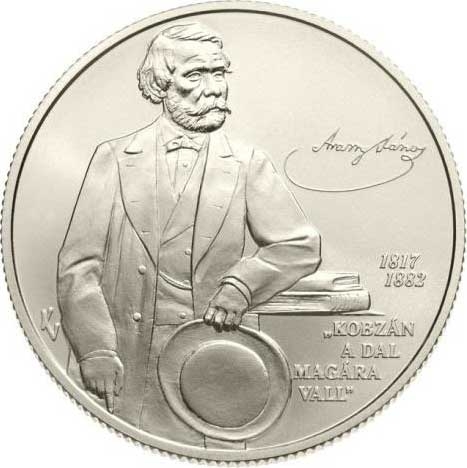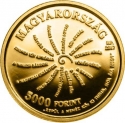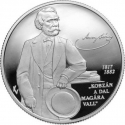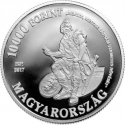You are about to finish your registration. Please check your mailbox (including spam folder). There should be a letter with a confirmation link. Check setting to make sure that your e-mail address is correct.
Send letter againDescription
János Arany (1817–1882) was a Hungarian poet, writer, translator, and journalist, often called the "Shakespeare of ballads." He wrote over 102 ballads translated into more than 50 languages and is well-known for the Toldi trilogy. Born in Nagyszalonta, Kingdom of Hungary, he was the youngest of ten children but one of only two to survive childhood. Arany studied at the Reformed College of Debrecen, briefly joined an acting troupe, and later worked as a teacher, newspaper editor, and clerk. His writing won acclaim, notably with "Az elveszett alkotmány," and he formed a close friendship with Sándor Petőfi. Arany's daughter’s death in 1865 led to a hiatus in his poetry until he began the Őszikék cycle in 1877. He died in Budapest in 1882.
Arany translated three of Shakespeare's plays into Hungarian, producing some of the finest translations in the language. His epic poetry, such as "The Death of King Buda," shapes the popular view of Hungarian history. Notable works include "A Walesi Bárdok" and "Dante," the latter praised for its profound reflection on human life. Arany's legacy endures, ranking him among Hungary's greatest poets alongside Sándor Petőfi, Endre Ady, Miklós Radnóti, and Attila József.
Engraver: Vilmos Király
Obverse

|
Depicts the half-length portrait of János Arany in his later years. On the right side, above, is János Arany's signature, in the middle, arranged in two lines, are the birth and death years "1817" and "1882," respectively, and below, in four lines, is a quote from Arany János's work "The Bards of Wales": "THE SONG CONFESSES ON ITS OWN". On the left edge, below, the engraver's privy mark is placed. Arany János |
|---|---|
Reverse

|
Depicts the statue of Miklós Toldi located at the base of the János Arany monument, created by Alajos Stróbl. Along the edge, in a circular inscription, the denomination and "FORINT" are on the top left, while on the right side is a quote from János Arany's work "Toldi": "IT SEEMS I SEE HIS TOWERING FIGURE". At the bottom is the inscription "HUNGARY". Separating the two circular inscriptions on the left side, in two lines, are the mint mark "BP." and the issue year "2017." Under at least tenfold magnification, microtext appears within the mint mark. 2000 FORINT ,,RÉMLIK, MINTHA LÁTNÁM TERMETES NÖVÉSÉT” |
| Edge |
2000 Forint
KM# 919 Adamo# EM333
Characteristics
| Type | Commemorative Issue (Non-circulating) |
| Material | Copper Nickel |
| Weight | 30.8 g |
| Diameter | 38 mm |
| Thickness | 3.5 mm |
| Shape |
|
| Alignment | Medal |
| Mint |
Budapest Mint (BP)
|
Related coins
200th Anniversary of Birth of János Arany





